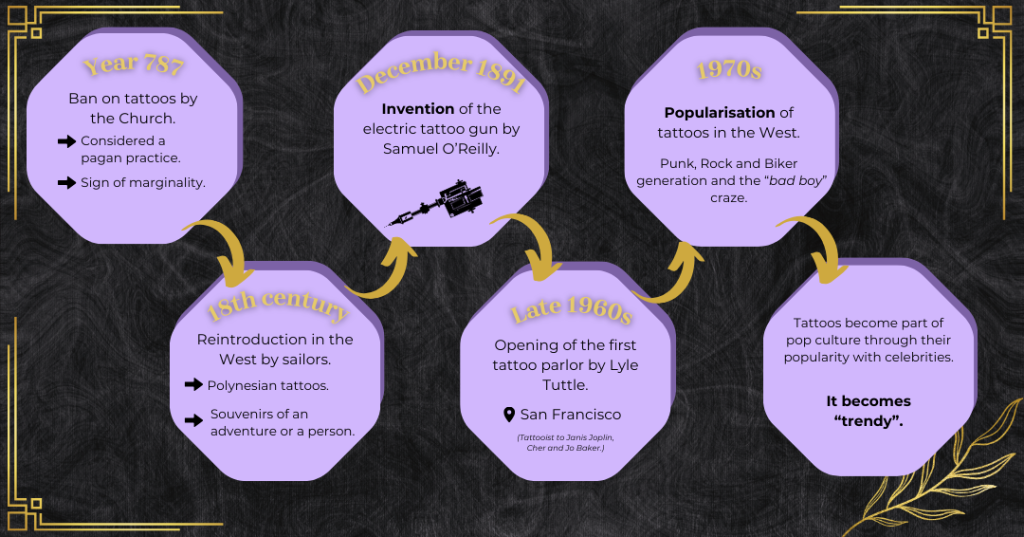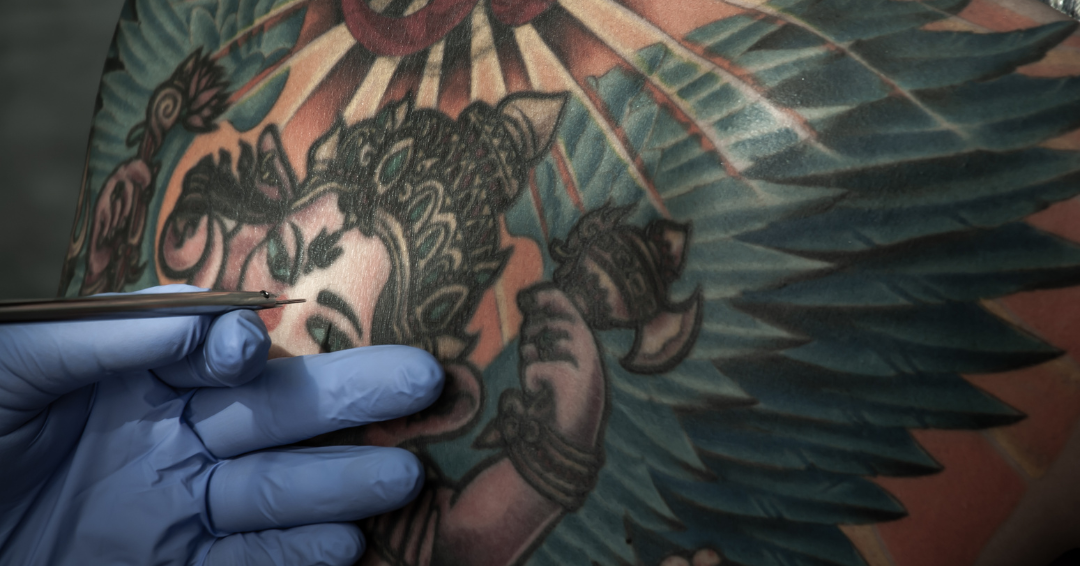The history of tattooing, once seen as an object of designation for the marginalised, dates back to at least 3300 BC. Its evolution seems to demonstrate a strong democratisation of its art in modern times. In this article, we invite you to find out more about the history of tattooing, from its origins to its evolution. Ready… Steady… Go!
History and origins
Tattoos had social, religious and medical meanings. Although controversial, tattoos have been the subject of scientific and archaeological research for decades.
- Ötzi – First tattooed man to be found
The oldest known tattooed man was discovered in 1991. After being found in the Italian Alps by two German hikers, the body of a man called Ötzi was studied by the Austrian archaeologist Konrad Spindler. He tells us that the tattoos of the deceased, who is thought to be around 5,300 years old, were done for curative purposes, mainly on his joints.
- Mummies – The art of divine tattooing
Mummies dating back to Ancient Egypt have been found tattooed and studied by archaeologists such as Anne Austin. She has highlighted the religious significance of tattoos, many of which represented protective goddesses.
- Polynesia – Origin and tradition of tattooing
The origins of tattooing in Polynesia date back to the second century after the first wave of settlement from south-east Asia, and spread throughout the Polynesian islands. The Polynesian tattoo is the expression of a social marker, of belonging to a family/tribe and a sacred symbol. Its history comes from a legend. The “tatau” (origin of the word “tattoo”) is said to have originated in the legends of the island of Tahiti: the first tattoos were drawn on the sons of the god Ta’aroa (“creator of everything”), who then became the protective deities of tattooing and taught this art to men.
- Other cultures – Traces of tattooing throughout the world
Other cultures also demonstrate that tattooing is not a modern art form, but an ancestral skill. The Roman Empire used tattoos to brand criminals and gladiators, while Japan, in addition to branding criminals, later developed the practice into a refined art form with traditional Japanese “irezumi ” tattoos.
Meanwhile, the West associated tattooing with outcasts and criminals, but also with sailors, who were the ones who brought the tattoo from Polynesia. In Africa, as in Polynesian and Amerindian tribes, tattoos represented a sign of belonging to a tribe, identification, social rank and religious beliefs.
Democratisation
Tattoos have always had a hard time finding their place in society, yet they seem to be becoming increasingly accepted. This timeline shows 5 key dates in the democratisation of tattooing:

Tattooing has gone from being a tribal art form to a global cultural phenomenon, and is now undergoing a new revolution with the advent of artificial intelligence (AI).
How can this technology, used mainly for algorithms and robotics, redefine the art of tattooing so quickly? AI is overturning the codes of this age-old art by bringing a power that humans don’t have: it can generate designs in batches, in just a few seconds.

TATTOOING AND ARTIFICIAL INTELLIGENCE: WHAT ARE THE STAKES?

